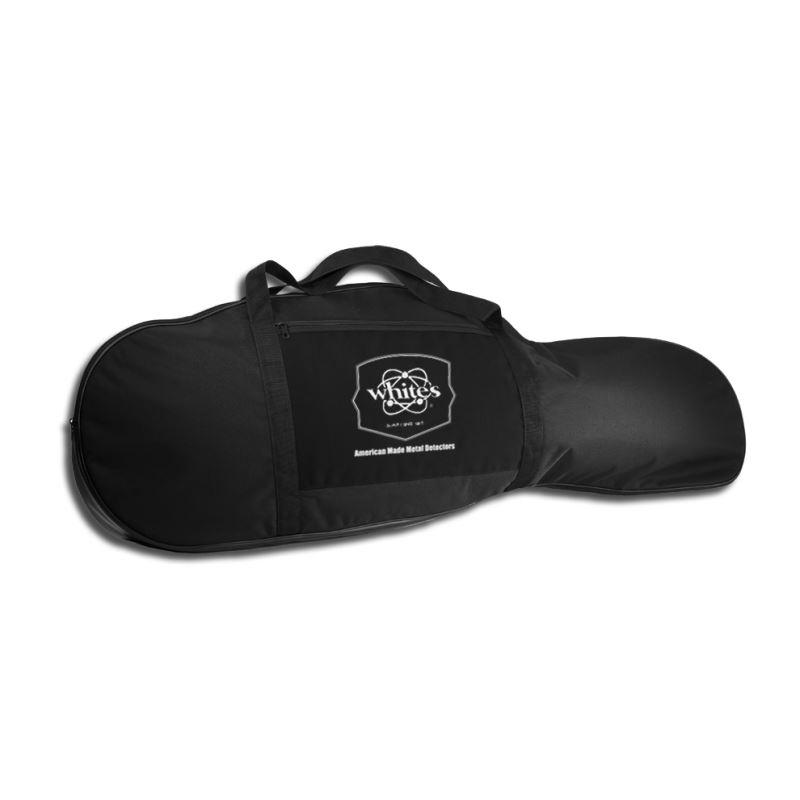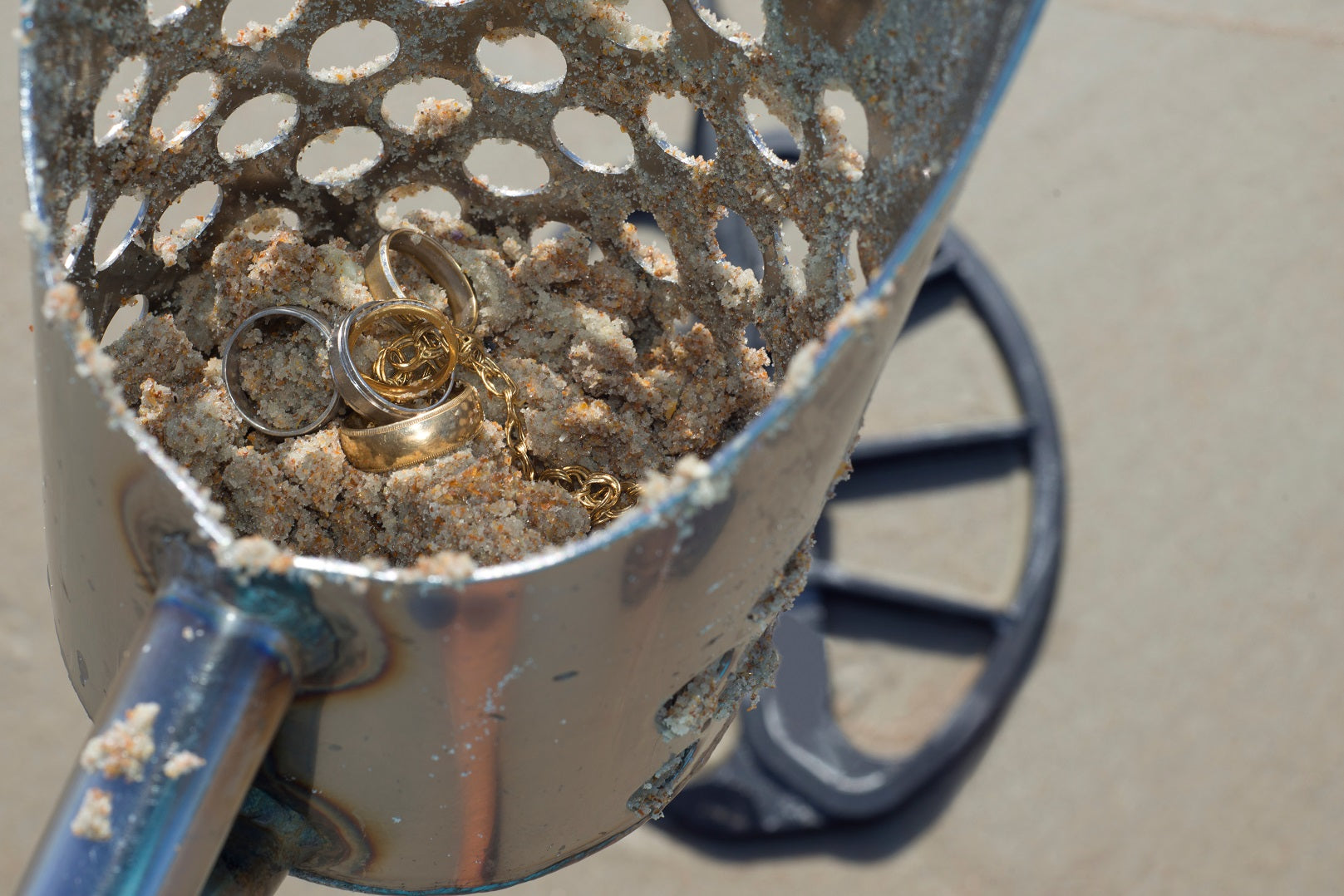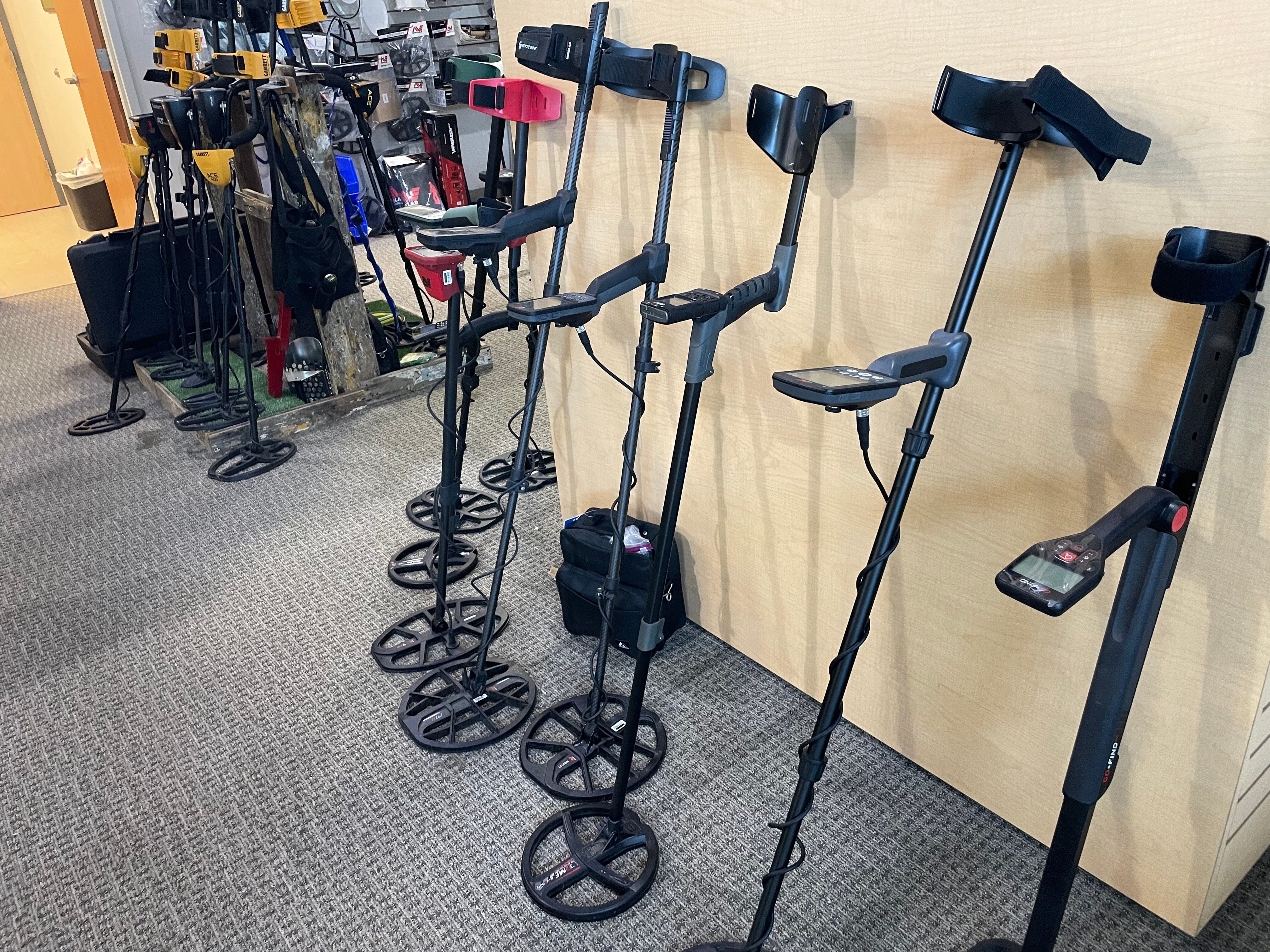It is extremely interesting to prospectors and treasure hunters in the region that think you have to travel to Colorado, Arizona, or Alaska to find any gold.
I am hesitant to get this out to everyone because I haven’t had a chance to check it out myself, but here goes. At the bottom of this article is a link to an article from the New York Times dated in 1860 (Gold Rush Era). Click it to read the whole article. I would summarize it as follows:
The author is unknown but I am assuming he was a surveyor or engineer hired by a private party or local government to survey the geological resources. Although this is located in an area of the country that is not known for its mineral resources, anyone who has been through there knows that there is certainly some geologic history visible as you cruise through this part of the country. Deep valleys, rock walls, and a variety of rock types are only further exposed by frequent rains which chisel numerous creeks through the lush forests.
Yes, You Can Find Gold In Missouri! Need Proof? Watch This Video:
The author begins his trip at an altitude of only 800 ft., in a town called Fredricktown, Missouri. Located in the South East corner of the state, Fredricktown currently boasts a population of just under 4,000 citizens. At the time of the article it only had 500 folks. The town sits in a 5-mile wide, circular shaped valley also known as a “valley of elevation”. It is composed of limestone surrounded by jasper “trap-rocks,” which is “any dark-colored, fine-grained, non-granitic intrusive or extrusive igneous rock,” according to some quick Wikipedia research. Igneous rock is rock formed by cooling lava. The term “trap” was derived from the Scandinavian word “trappa”, which means “stair step”.
According to the author there were several active mines. Two of which he calls out by name. First the La Motte Mine. Located in what is now the unincorporated community of Mine La Motte, MO which is just 6 miles north of Fredricktown. Lead, a critical ingredient to weapons ammunition, was discovered by European Antoine de la Mothe Cadillac in 1717. He brought several hundred workers and slaves from Santo Domingo to establish mines. La Mothe named the mine after himself and later served as Governor-General of Louisiana. La Mothe mined gold for quite sometime until his activity attracted attention by French mine operators (who had originally and uneventfully come to this valley to look for silver) and many lead mines were later established in the area. The author also mentions a second mine called the Buckeye Mine. It is located in the Eastern portion of the St. Michael township. According to genaologytrails.com, the Buckeye mine was discovered by a Colonel Foster (as confirmed by the New York Times article mentioning a Dr. Foster). It “was developed by men from Ohio, the Buckeye State (Deguire, Watts, Campbell, Goodspeed).” (Click Here For A List from geneaologylogytrails.com). Eventually the area became better known for its grain production instead of minerals. It served as a vital resource for surplus grains for the lower Louisiana colony. It shipped tons of grain product to New Orleans.
The author then apparently traveled south in the valley which was underlain with limestone and surrounded by ridges of Jasper, granite, and “porphry,” which is Greek for “purple”. Porphry is another type of igneous rock consisting of large-grained crystals, such as feldspar or quartz. He describes traveling down the valley of Trace Creek, which is a creek running slightly south and west from Fredricktown. He then crosses west over a ridge to Captain Creek which which runs parallel to the Trace.
At the head of the deep valley he finds a 12′ wide vein of a dark greenish rock he says is a hornblende trap. Hornblende is a dark complex silicate rock that contains ions of iron or magnesium. The vein was in the form of a dyke and was exposed for 50 yards running Northwest and Southeast underlying (went under ground) to the North. The “head wail,” (which I assume he is referring to the bank of the creek) was decomposing granite and the other was composed of purple jasper and a high percentage of quartz, and iron rock. Gold was apparently visible with the naked eye.
At the time, there were only a few prospecting holes and blasts. Some of the material was sent to St. Louis for analysis where it was said the ore would yield several thousand dollars per ton in valuable minerals. A local blacksmith, Mr. Reighnold, was said to have smelted some of the ore in a crucible in his forge and showed the author a pan nicely laid with gold obtained from the ore. Gold and other valuable minerals were evident, but the extent was not completely understood and more analysis would be needed. It was reported by miners and locals there were several more veins in the area. Many of which yielded iron, lead, copper, and platina (raw and impure form of platinum) as well as gold and small amounts of horn silver (which is an impure form of silver ore).
The author wrapped up much like many of the reporters did in the gold rush era as they explored uncharted territory for gold. Since this area of the nation was not well discovered, these reporters often overstated the facts. Often enticed by people in the area like politicians, farmers, and townspeople whom stood to get rich if there were a massive influx of people to the region. He states, “The color of the gold, as the Pike’s Peak miners say, can be seen in the sand and gravel in several of the valleys in this township, and the probability is that some of the richest gold mines in the world will be discovered in this district.”
Though people certainly gained interest in mining valuable metals here, Missouri Gold Rush never happened. However, this story is significant to the small hobby prospector. Many very rich mining areas such as the Carolina's have experienced the same spike in mining interest only to be forgotten when vast amounts of gold “Out West” in states like California, Colorado, and Alaska. The author provides a virtual road map to a place where you might likely be able to find some color in your recreational gold prospecting endeavors.
Now the article:
Resources:
1. http://genealogytrails.com/mo/madison/mines.htm
2. http://www.nytimes.com/1860/01/13/news/the-gold-mines-of-missouri-important-discovery-of-gold-platina-and-tin.html?pagewanted=all
3. http://en.wikipedia.org/wiki/Porphyry_(geology)
4. http://en.wikipedia.org/wiki/Hornblende
5. http://dictionary.reference.com/browse/horn+silver














